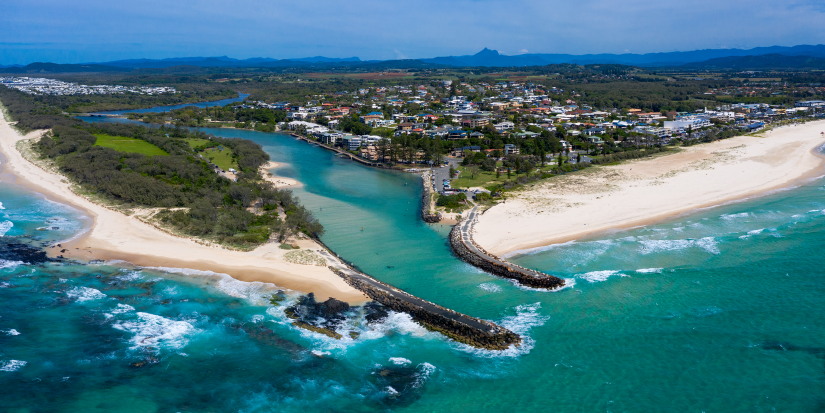The Institute for Sustainable Futures (ISF) has developed a best practice water efficiency framework for the NSW Department of Planning and Environment that allows for the consistent planning, implementation, management and review of water efficiency programs across NSW, while also allowing flexibility to meet local conditions.
Why a Framework?
The NSW Government wants to ensure that water is being used efficiently before imposing the cost of additional infrastructure on the community. The efficient use of water contributes to the sustainability of long-term supplies as population increases, helps to manage drought and supports readiness to respond to climate extremes. Water efficiency is integral to supporting resilient, prosperous, and liveable towns and cities, as recognised by Action 6.5 in the 2021 NSW State Water Strategy which committed to developing a Framework and Program.
The water efficiency framework has been developed as part of that commitment to help support an effective and consistent response to water efficiency across NSW.
Developing the Framework
The final Framework consists of five elements across three overarching phases:
- establishing the strategic context
- analysing the current situation
- developing the response
- implementing the response
- monitoring, reporting, and adapting.
Each element in the framework consists of two or three steps. The elements are also supported by three enabling factors: stakeholder engagement; resourcing and governance; and capturing and sharing knowledge. For each of the sub-elements in the framework, a series of guiding questions have been developed. The guiding questions provide practical prompts to guide what needs to occur at each stage.
The water efficiency planning framework identifies the critical touch points between water efficiency strategies and integrated water planning, specifically setting the objectives, identifying risks and opportunities, developing and evaluating options packages, and program evaluation and review.
Throughout the development of the Framework, many experts and stakeholders reviewed the content and presentation to ensure that its multiple aims were met.
The consultation process did not only address potential changes to the Framework, but also identified a range of comments about the types of additional support, resourcing or tools that might help organisations improve their water efficiency efforts and engage with the Framework. These comments have been grouped into five overarching recommendation areas for consideration as they look for strategic ways to facilitate water efficiency across the state.
Applying the Framework
Evaluation criteria have been developed for each element, to help utilities or organisations identify where they sit in relation to water efficiency best practice and provide guidance where further support or resources may be required for their organisation.
Reviewing the progress of a variety of utilities across the state or region has identified examples of best practice from individual utilities or organisations to share and improve capacity and capability across the state; identified specific regions where centralised support or additional resources would assist broader progress towards best practice; and assessed state-wide performance against the framework in order to help develop state-wide water efficiency or support programs.
An Excel tool has also been developed to aid in a self-evaluation. In the tool the criteria can be rated qualitatively on a five-point scale and these are aggregated into overall ratings.
Researchers
-
Research Assistant
-
Senior Research Consultant
-
 Ebony HeslopResearch Principal
Ebony HeslopResearch Principal -
Research Consultant
-
Professor and Research Director
-
Research Principal
-
Program lead - Water futures
Years
- 2021-2022
Client
- NSW Department of Planning and Environment
SDGs
This project is working towards UN Sustainable Development Goals 9 and 11.











